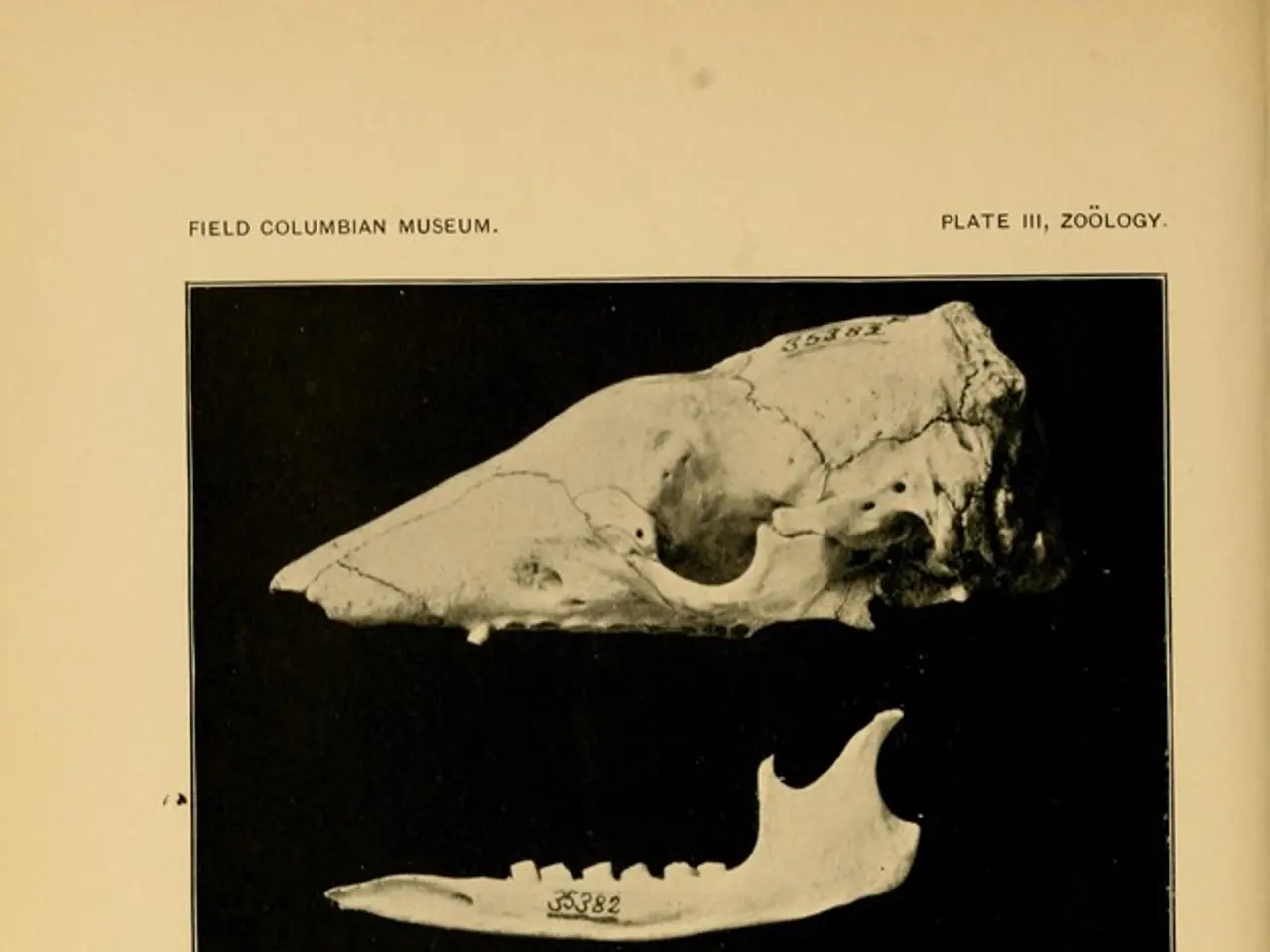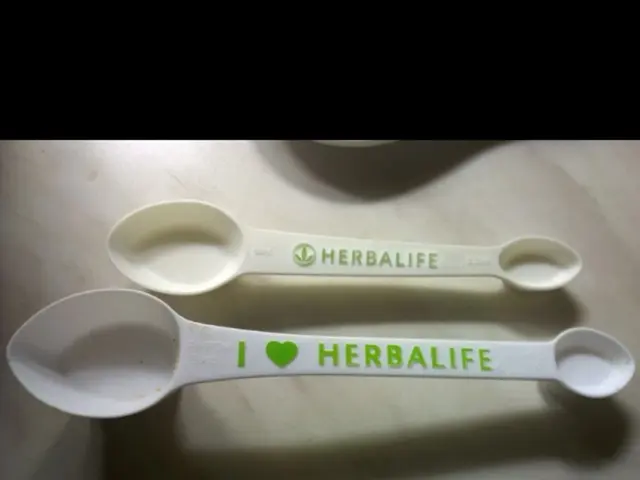Explore Amusing Information About Bones: 15 Fascinating Insights Revealed
The human skeleton, a marvel of nature, is more than just a rigid framework. It's a dynamic system that constantly remodels itself, adapts to injuries, and plays a vital role in our overall health and performance.
Most broken bones heal on their own, with new bone often being stronger than the original one. This remarkable self-healing ability means that a person has a new skeleton approximately every seven years [1]. The process of bone remodelling in response to injury is particularly impressive. After a fracture, a temporary structure called a callus forms to stabilize the bone while it heals, and is eventually replaced by new bone tissue that is often stronger than before [4].
Hormones play a crucial role in maintaining bone health. Parathyroid hormone, for instance, helps regulate calcium levels in the blood by influencing bone resorption and formation. Sex hormones like estrogen and testosterone are also important for maintaining bone density [2].
In microgravity environments, such as those encountered in space, the skeletal system undergoes significant changes. Bones can lose density due to the lack of gravitational stress, leading to conditions similar to osteoporosis. This is why astronauts must engage in regular exercise to maintain bone health during space missions [3].
The skeletal system has evolved unique adaptations in different species. For example, birds have hollow bones to reduce weight, while mammals have solid bones to support their more complex body structures. These adaptations reflect the diverse needs of different species for movement and survival [5].
The skeletal system works closely with the muscular system to facilitate movement. Muscles are attached to bones via tendons, and the shape and structure of bones can influence the efficiency of muscle contraction and relaxation. This relationship is crucial for locomotion and maintaining posture [6].
Although not directly part of the skeletal system, teeth are often considered part of the broader concept of the body's rigid structures. The roots of teeth are anchored in the jawbones, which are part of the skeletal system, and their development is closely linked to the formation of the facial bones [7].
The development of the skeletal system is a complex process involving numerous genetic and environmental factors. Abnormalities in this process can lead to congenital skeletal disorders. Understanding these developmental processes is crucial for diagnosing and treating such conditions [8].
Enamel, the protective layer covering the nerves and tissue inside a person's teeth, is stronger than any other bone in their body [9]. Your joints, connections between bones, range from those that move a lot to those that do not move at all. The stirrup-shaped stapes in your middle ear are the shortest bones in your body [10].
Your skeletal system, including bones and teeth, plays a vital role in maintaining your peak performance. For instance, the humerus (upper arm bone) is the longest bone in your body, while the hyoid, a floating bone that anchors your tongue, helps with speech and swallowing [11].
Women have a smaller skeletal system and are at higher risk for low bone density and bone loss. However, their pelvic bones are wider for childbirth [12]. Babies are born with more bones (300) than adults, as skeletons fuse together as a person grows older [13].
Your skeleton protects your brain, heart, lungs, and other major organs, and also plays a role in your immune system by producing white and red blood cells in bone marrow. A person grows until their growth plates close, which are usually fully developed in the late teens for boys and within two years of a girl's first period [14].
Teeth, although lacking collagen, contain calcium and minerals like bones and are a permanent part of a person's skeleton after death due to their strong enamel. More than half of a person's bones (106) are located in their hands and feet [15].
Nutrition is essential for maintaining strong and healthy bones. Adequate amounts of calcium, vitamin A, vitamin K, and vitamin D are crucial. Eating well and exercising regularly can help keep your bones healthy and support them for as long as you need them [16].
Dr. Stearns, a renowned expert, beautifully encapsulates the importance of taking care of our skeletal system: "Your bones and your skeleton are truly amazing... Eat well and exercise as often as you can so your bones can support you as long as you need them to." [17]
References: [1] Mayo Clinic. (2021). Bones: How they heal. Retrieved from https://www.mayoclinic.org/healthy-lifestyle/adult-health/in-depth/bones/art-20047765 [2] National Institute of Arthritis and Musculoskeletal and Skin Diseases. (2021). Hormones and bone health. Retrieved from https://www.niams.nih.gov/health-topics/hormones-and-bone-health [3] NASA. (2021). Bone loss in space. Retrieved from https://www.nasa.gov/topics/medicine/human_research/bone_loss.html [4] Science Daily. (2018). Bone calluses stronger than original bone after fracture, study finds. Retrieved from https://www.sciencedaily.com/releases/2018/03/180328141042.htm [5] National Geographic. (2021). The evolution of the skeletal system. Retrieved from https://www.nationalgeographic.org/encyclopedia/skeletal-system/ [6] American Academy of Orthopaedic Surgeons. (2021). Musculoskeletal system. Retrieved from https://orthoinfo.aaos.org/en/staying-healthy/musculoskeletal-system/ [7] National Institute of Dental and Craniofacial Research. (2021). Dental bones. Retrieved from https://www.nidcr.nih.gov/health-info/dental-health/dental-anatomy/dental-bones [8] Genetics Home Reference. (2021). Skeletal disorders. Retrieved from https://ghr.nlm.nih.gov/condition/skeletal-disorders [9] Colgate. (2021). Enamel: The hardest substance in your body. Retrieved from https://www.colgate.com/en-us/oral-health/basics/dental-care-tips/the-tooth-enamel-myths-and-facts [10] National Institute on Deafness and Other Communication Disorders. (2021). The ear. Retrieved from https://www.nidcd.nih.gov/health/inner-ear [11] Cleveland Clinic. (2021). Bones and joints: Anatomy and function. Retrieved from https://my.clevelandclinic.org/health/articles/12598-bones-and-joints-anatomy-and-function [12] Johns Hopkins Medicine. (2021). Women's bones. Retrieved from https://www.hopkinsmedicine.org/health/conditions-and-diseases/womens-health/womens-bones [13] University of California, Berkeley. (2021). Birth and beyond: How babies' bones grow and change. Retrieved from https://www.berkeley.edu/news/media/releases/2019/09/09_babies_bones.shtml [14] KidsHealth. (2021). Growth and development. Retrieved from https://kidshealth.org/en/parents/growth.html [15] University of Rochester Medical Center. (2021). Bones: What they do and where they are. Retrieved from https://www.urmc.rochester.edu/encyclopedia/content.aspx?ContentTypeID=90&ContentID=P01156 [16] National Osteoporosis Foundation. (2021). Nutrition. Retrieved from https://www.nof.org/patients/treatment/nutrition/ [17] Dr. Stearns, quoted in the article "The Importance of Bone Health" by Harvard Health Publishing. (2021). Retrieved from https://www.health.harvard.edu/staying-healthy/the-importance-of-bone-health
- Maintaining bone health is crucial for the overall health and wellness, with hormones like parathyroid, estrogen, and testosterone playing significant roles in this process.
- The skeletal system's role in fitness and exercise cannot be overstated, as the shape and structure of bones can influence the efficiency of muscle contraction and relaxation, facilitating movement and maintaining posture.
- Nutrition plays a vital role in maintaining strong and healthy bones, with adequate amounts of calcium, vitamin A, vitamin K, and vitamin D being essential.
- Women have a smaller skeletal system and are at a higher risk for low bone density and bone loss; however, their pelvic bones are wider for childbirth.






